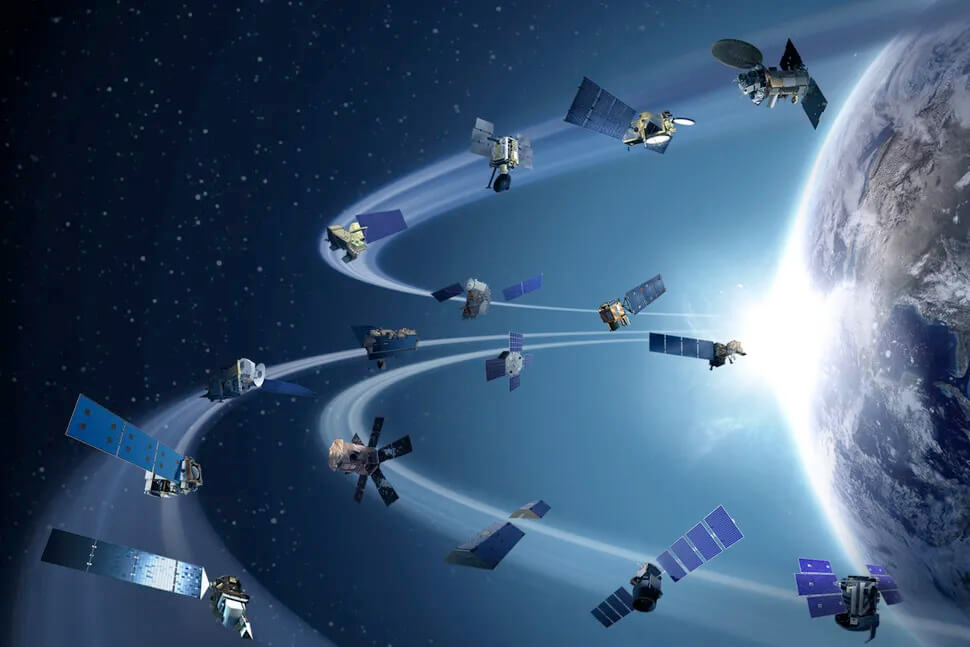Ukrainian engineers and construction workers are carrying out temporary repairs of the Chornobyl site's New Safe Confinement (NSC) that was severely damaged in a drone attack earlier this year, Director General Rafael Mariano Grossi of the International Atomic Energy Agency (IAEA) said today.
The drone strike on 14 February pierced a big hole through the roof of the large confinement structure built to prevent any radioactive release from the reactor destroyed in the 1986 accident and protect it from external hazards. It took several weeks to completely extinguish the fires and smouldering caused by this strike.
The IAEA team based at the Chornobyl plant in northern Ukraine visited the NSC in recent days to discuss ongoing efforts by the site to assess the building's structural integrity following the attack almost three months ago and to observe repairs of the inner and outer cladding to prevent water ingress.
"Immediately after the drone strike Ukrainian emergency personnel rushed to contain and eventually put out the fires. The site is now focusing its efforts on assessing the full extent of the damage while also carrying out short-term repairs. It is clear that the confinement structure - constructed at huge expense and with major international support - suffered extensive damage," Director General Grossi said.
The Director General reiterated, however, that there has not been any radioactive release as a result of the damage, and that the NSC is able to continue to perform its protective function.
At Ukraine's Zaporizhzhya Nuclear Power Plant (ZNPP), the IAEA team has continued to hear explosions in the distance every day over the past week, a constant reminder of the potential dangers facing nuclear safety and security.
The IAEA team has conducted walkdowns across the site to observe site activities, visiting all Emergency Control Rooms of the six reactors, the safety systems of unit 4, and the two fresh fuel storage facilities.
At Ukraine's three operating nuclear power plants (NPPs) - Khmelnytskyy, Rivne and South Ukraine - three of their total of nine reactors remained shutdown for maintenance and refuelling outages.
At the South Ukraine NPP, the IAEA team reported about many air raid alarms over the past week. The team was informed by the site that six drones were detected at a distance of 1.5 km from the plant in the night of 25 April, coinciding with the sound of military activity that appeared to be coming from an attempt to shoot them down.
At the Khmelnytskyy NPP, the IAEA team members were required to shelter on the morning of 30 April due to an air raid alert.
As part of the IAEA's medical assistance programme for Ukraine, 200 boxes of influenza medication were delivered to the National Research Centre for Radiation Medicine of the National Academy of Medical Sciences of Ukraine (NRCRM), funded by Japan.






